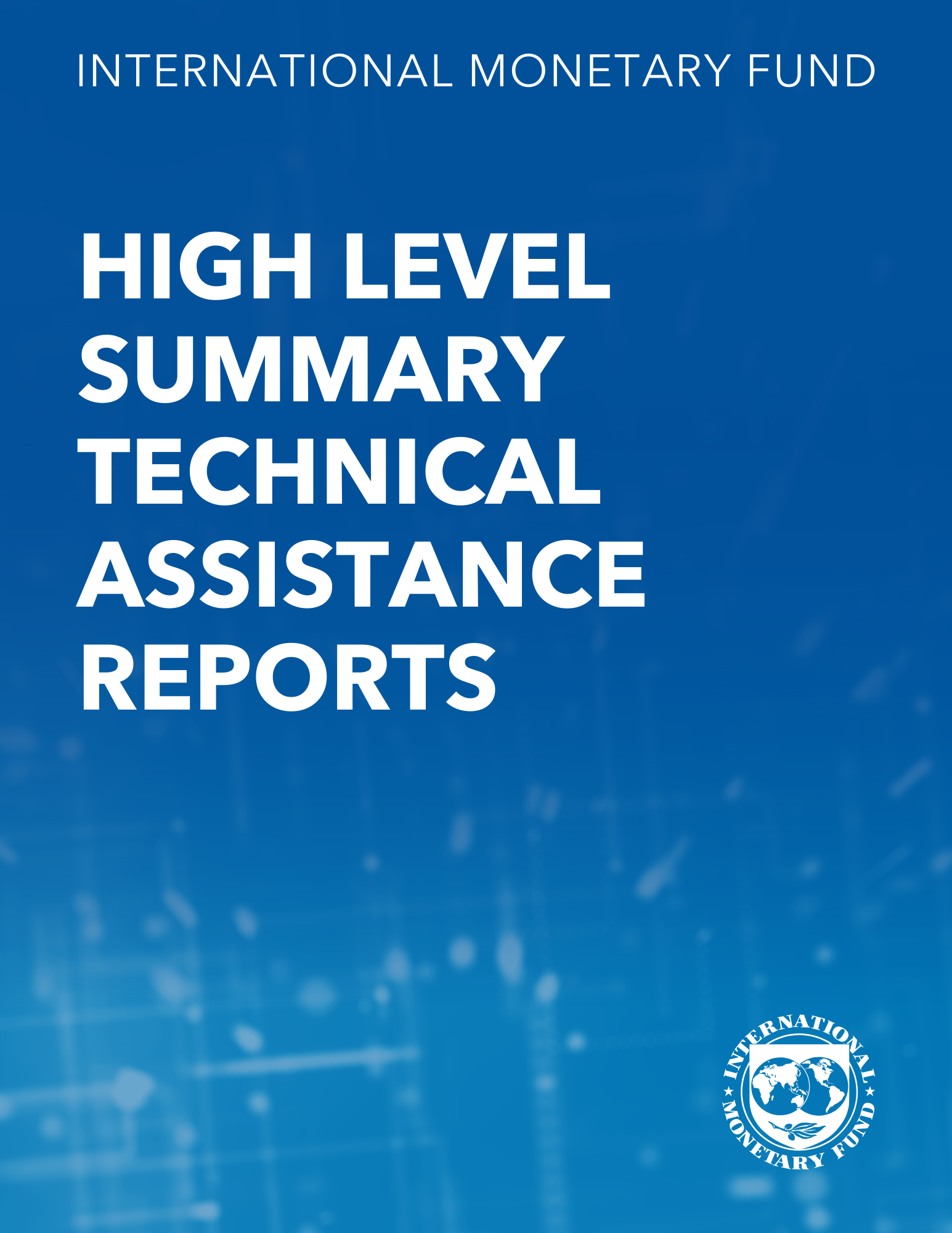A Model of Exchange Rate Regime Choice in the Transitional Economies of Central and Eastern Europe
September 1, 2001
Disclaimer: This Working Paper should not be reported as representing the views of the IMF.The views expressed in this Working Paper are those of the author(s) and do not necessarily represent those of the IMF or IMF policy. Working Papers describe research in progress by the author(s) and are published to elicit comments and to further debate
Summary
The paper develops a model of exchange rate regime choice centered on the trade-off between internal price stability and external competitiveness and allowing for institutional costs of altering exchange rate arrangements. The main implication of the model is a nonlinear relationship between the rate of inflation and the choice of regime for the next period. The model also suggests that a major inflationary shock-like the one to which all Central and Eastern European economies were subject when they allowed prices to be determined by the market-should give rise to a tightening of the exchange rate regime, followed by a gradual introduction of more flexibility as inflation subsides. A series of regressions on a sample of 13 Central and Eastern European economies yield results consistent with the hypothesis.
Subject: Conventional peg, Exchange rate arrangements, Exchange rate flexibility, Exchange rates, Foreign exchange, Inflation, Prices
Keywords: Central and Eastern Europe, Conventional peg, Eastern Europe, Exchange rate arrangements, Exchange rate flexibility, exchange rate policy, exchange rate regime, Exchange rates, government policy, inflation, inflation rate, inflationary spiral, managed float, rate of inflation, regime choice, regime determination, Transition, WP
Pages:
42
Volume:
2001
DOI:
Issue:
140
Series:
Working Paper No. 2001/140
Stock No:
WPIEA1402001
ISBN:
9781451856125
ISSN:
1018-5941





